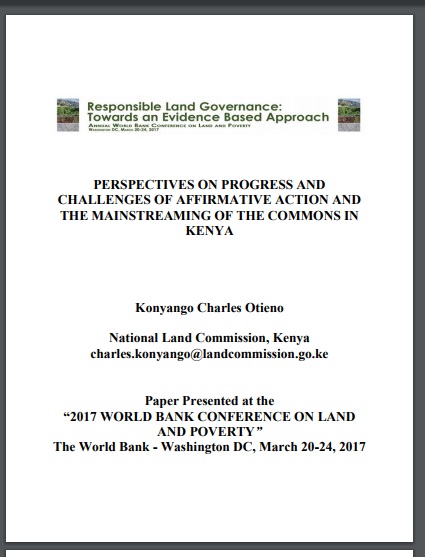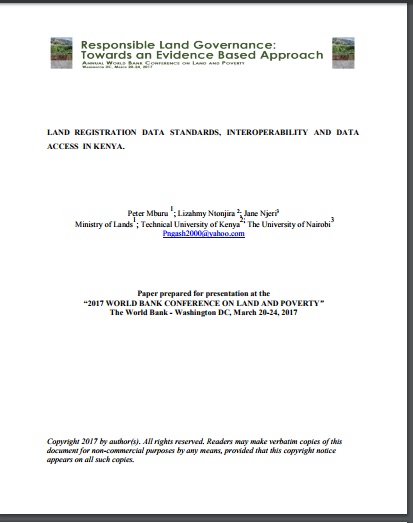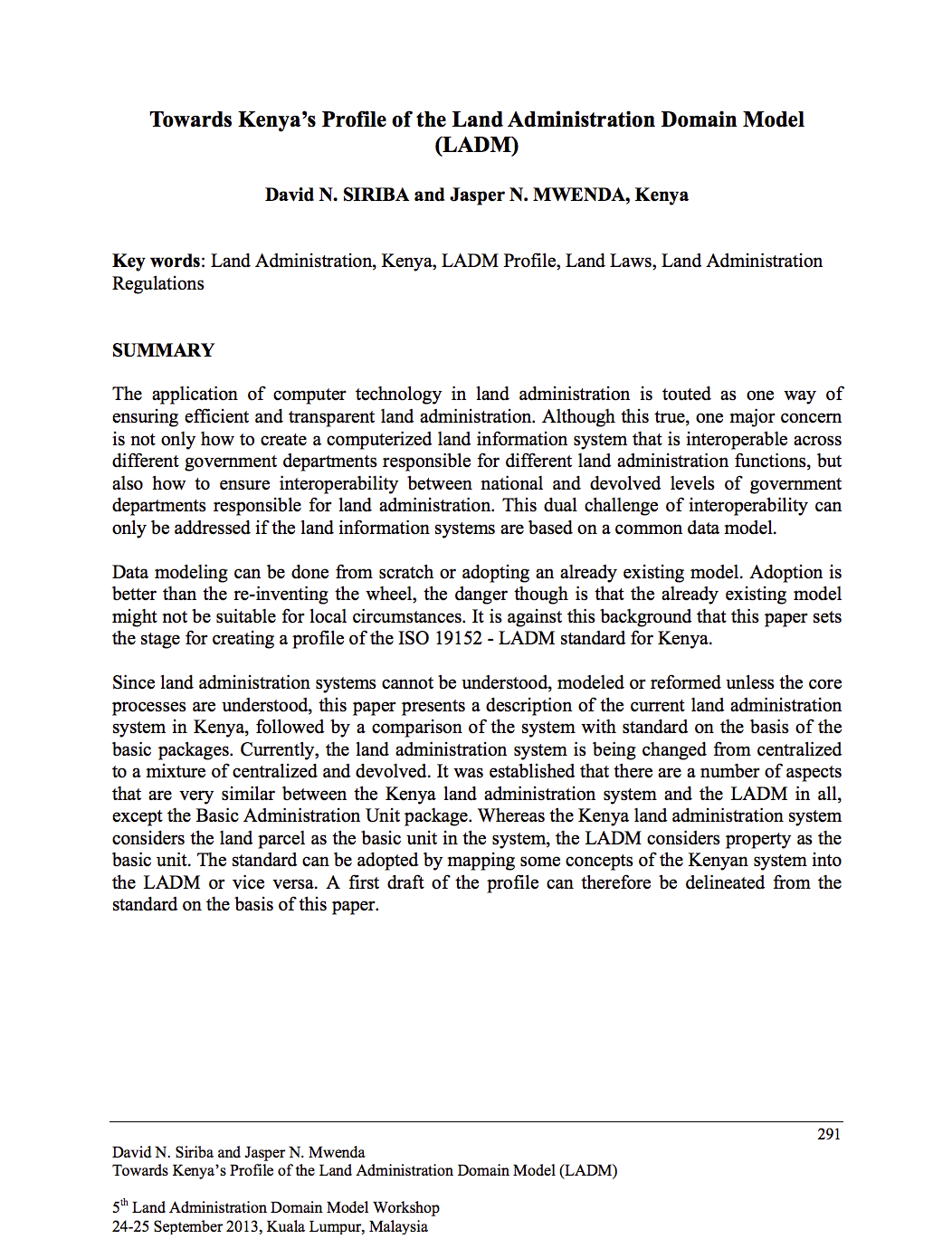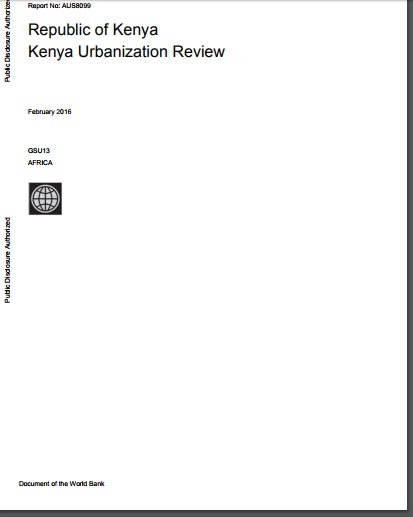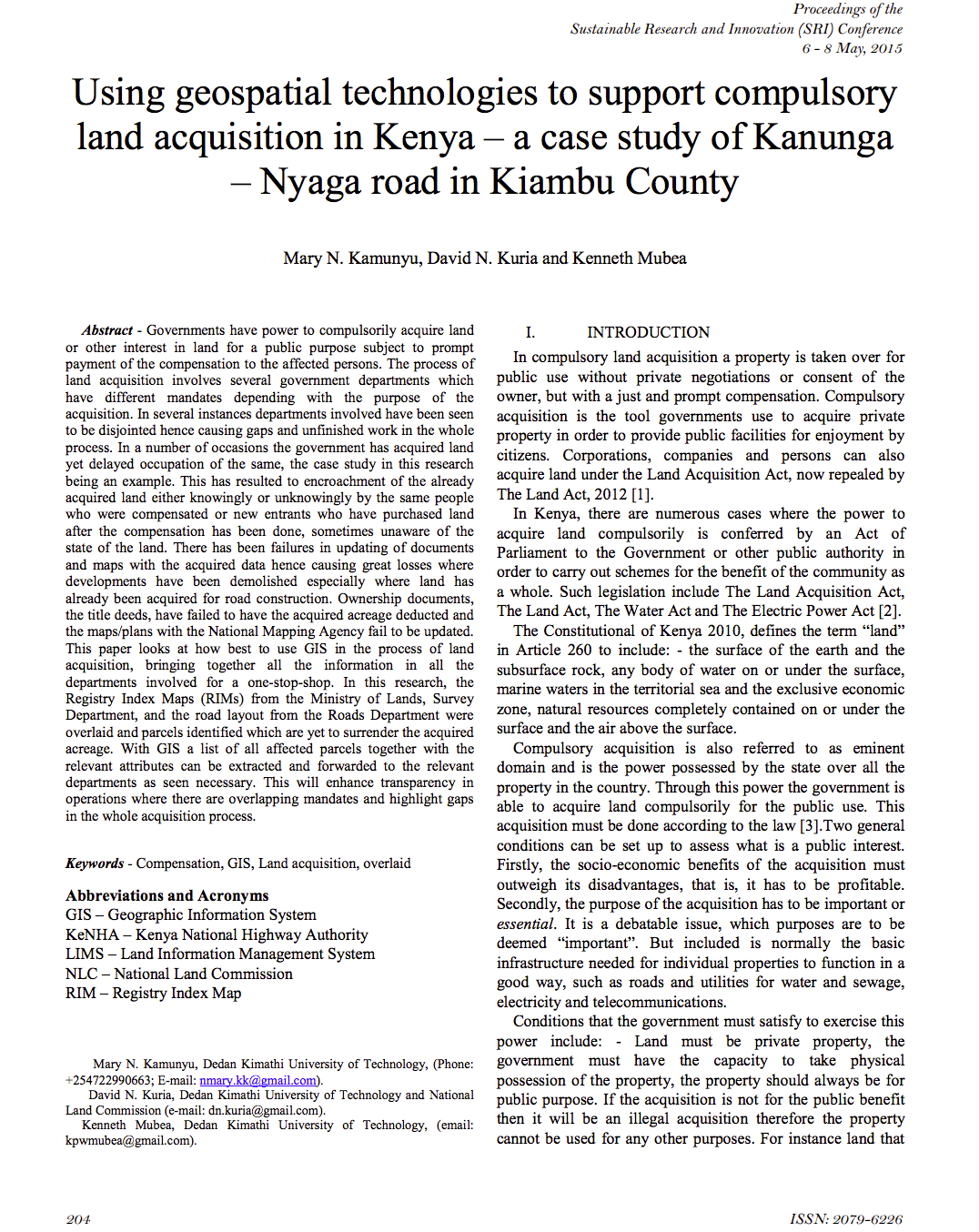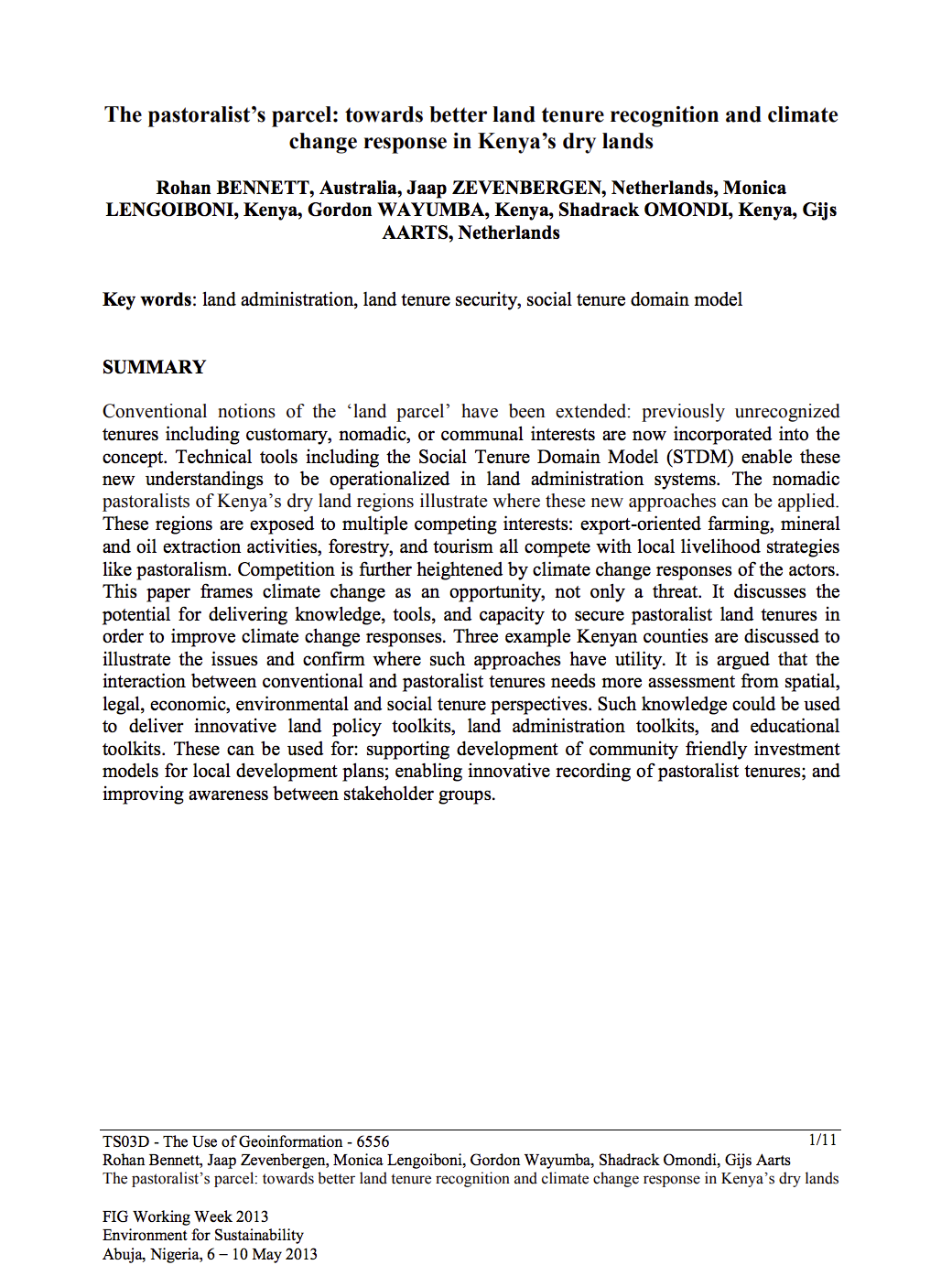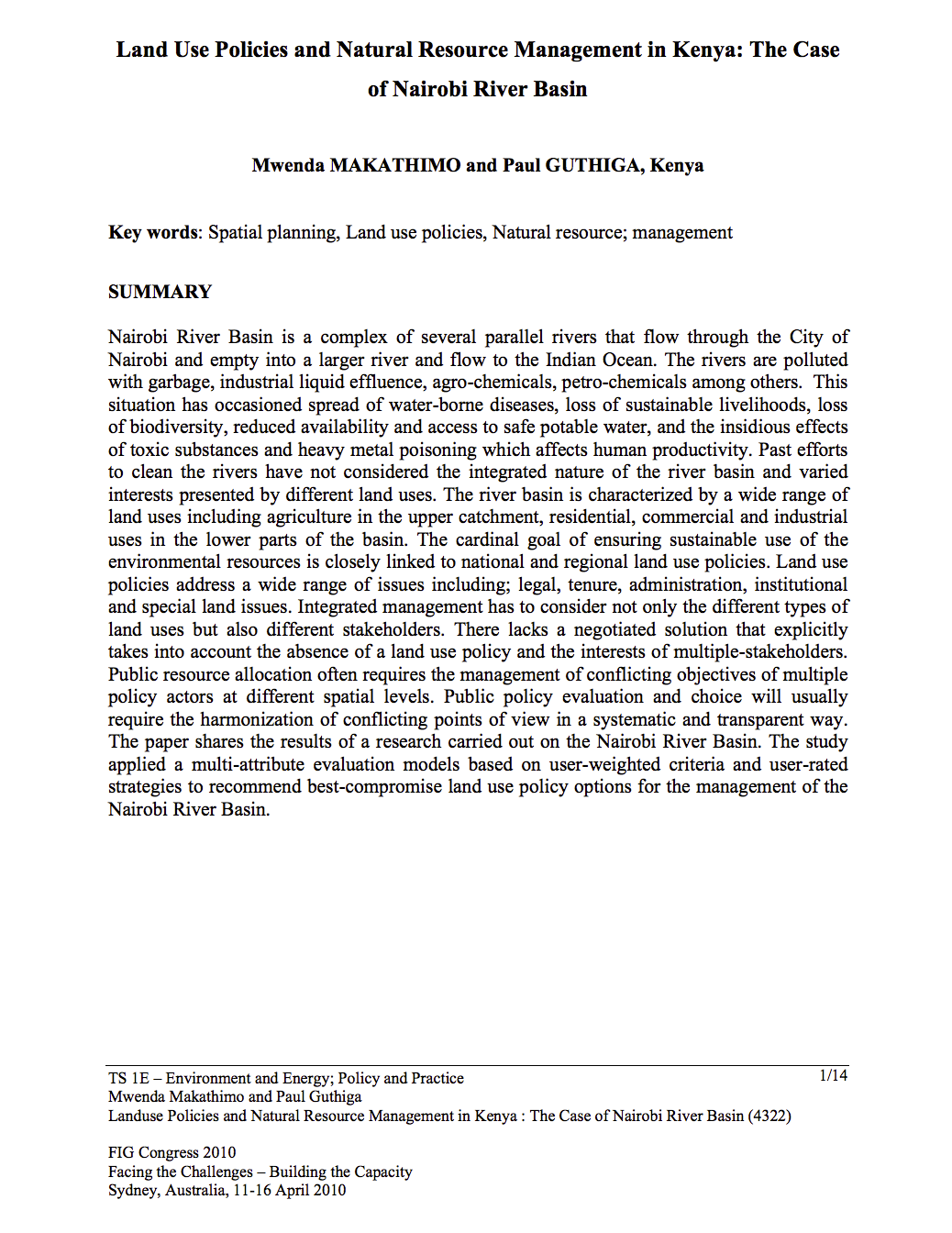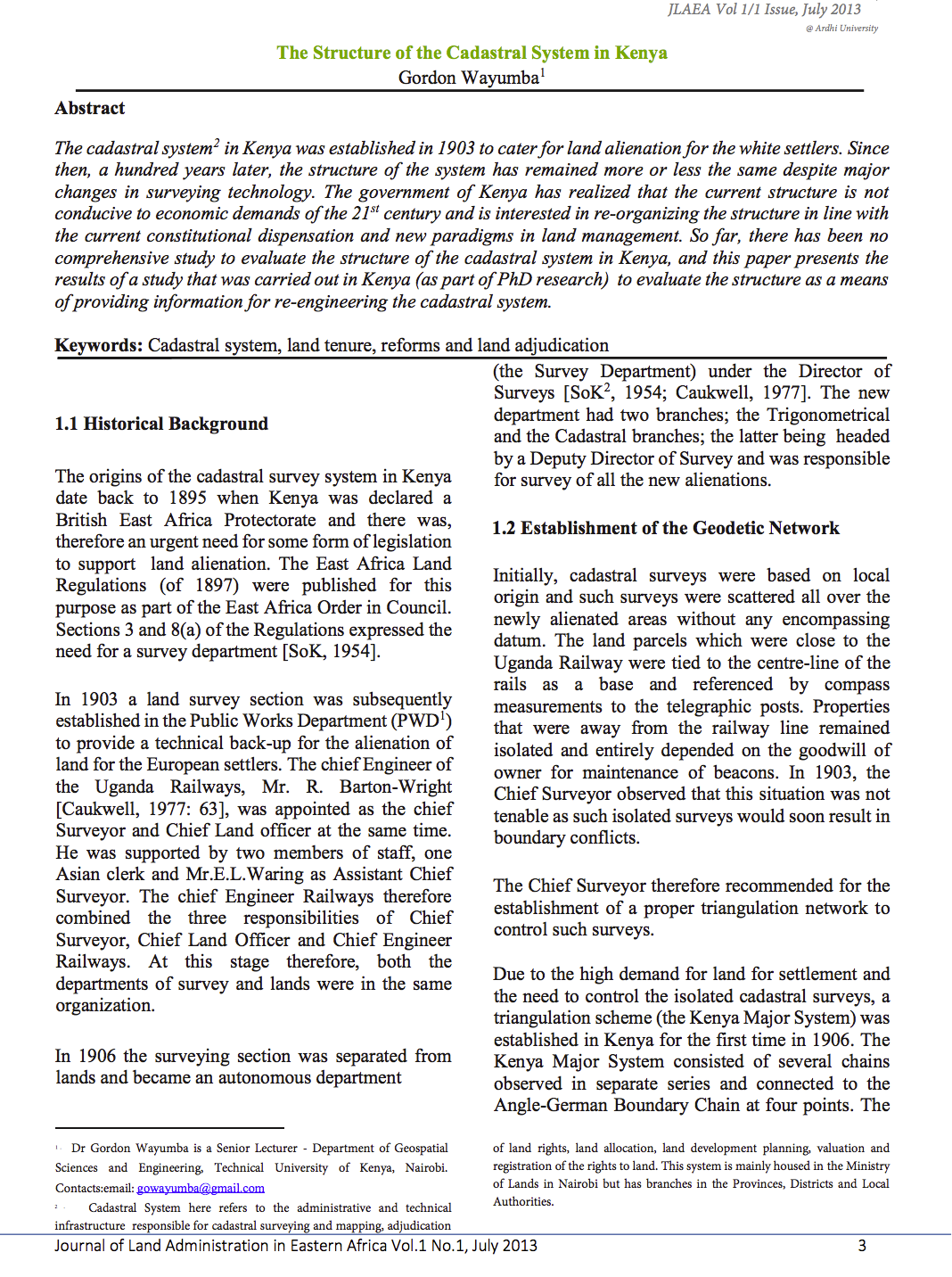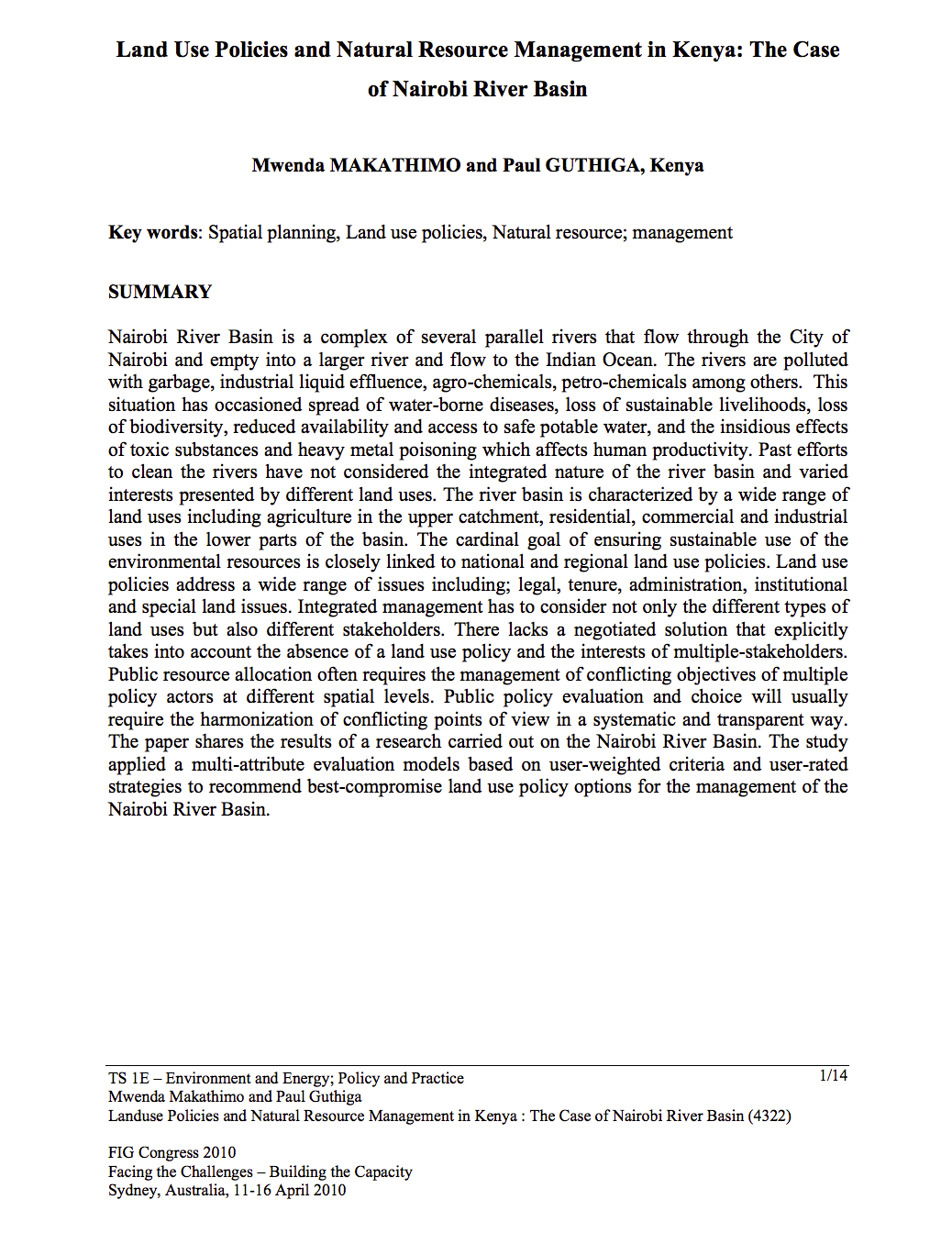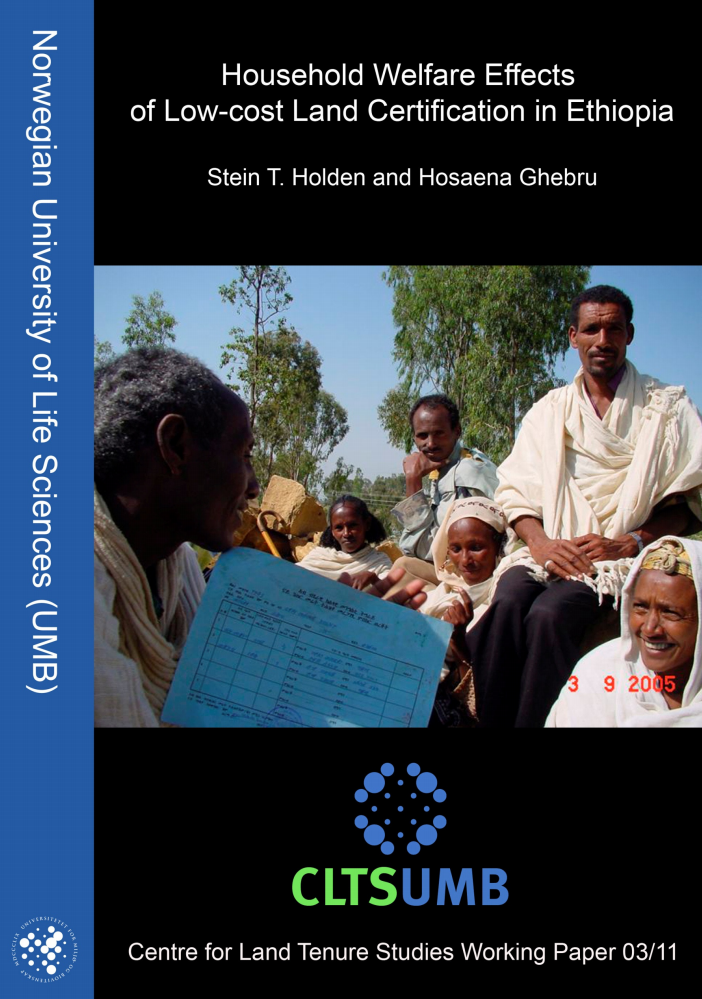PERSPECTIVES ON PROGRESS AND CHALLENGES OF AFFIRMATIVE ACTION AND THE MAINSTREAMING OF THE COMMONS IN KENYA
The need for affirmative action and the mainstreaming of the commons community plus a comprehensive strategy to secure indigenous and community land has become a major global concern of the 21st century. To achieve this will require out of the box reform mechanisms and the participation of the communities concerned, such that the reforms recognize and embrace indigenous systems and structures that offer avenues to secure collective rights, land use and management of commons resources; namely pastures, water and forests among others.

